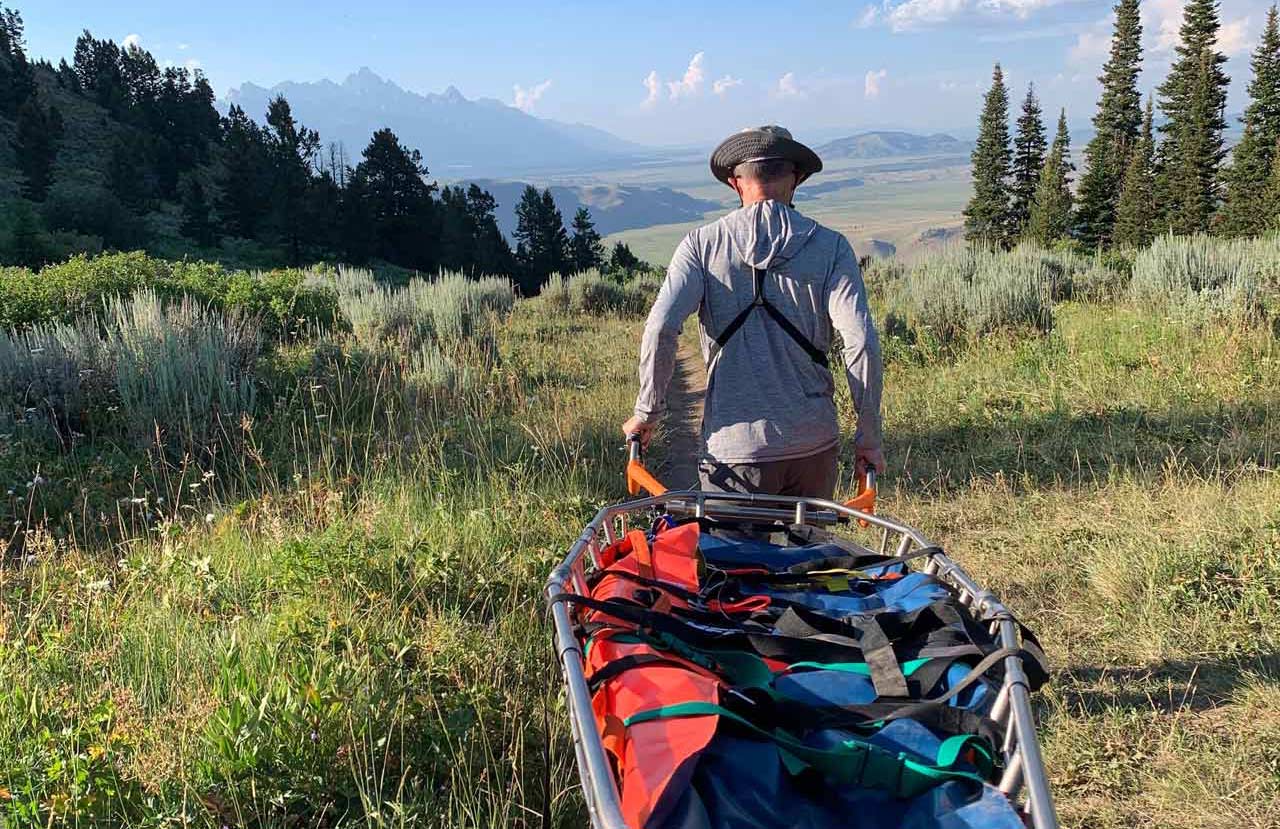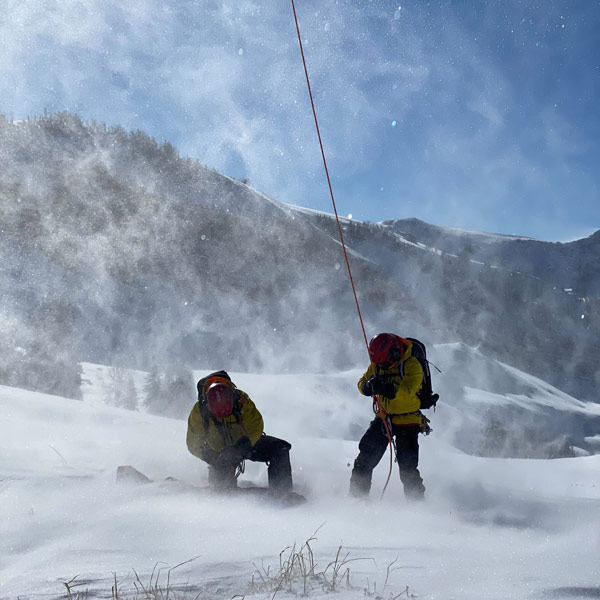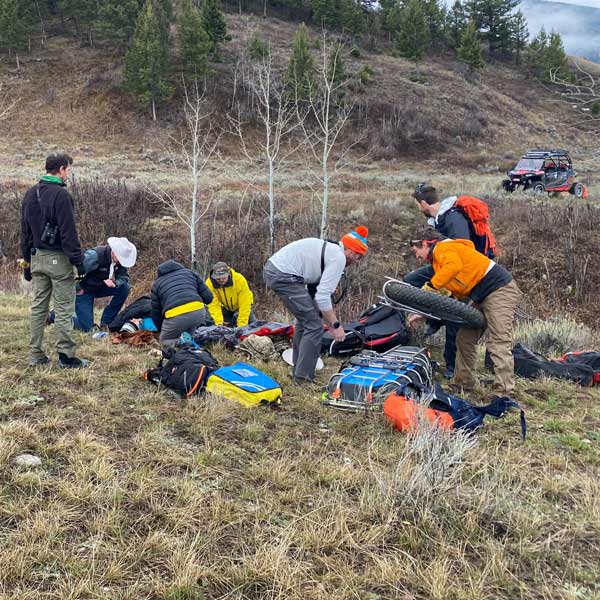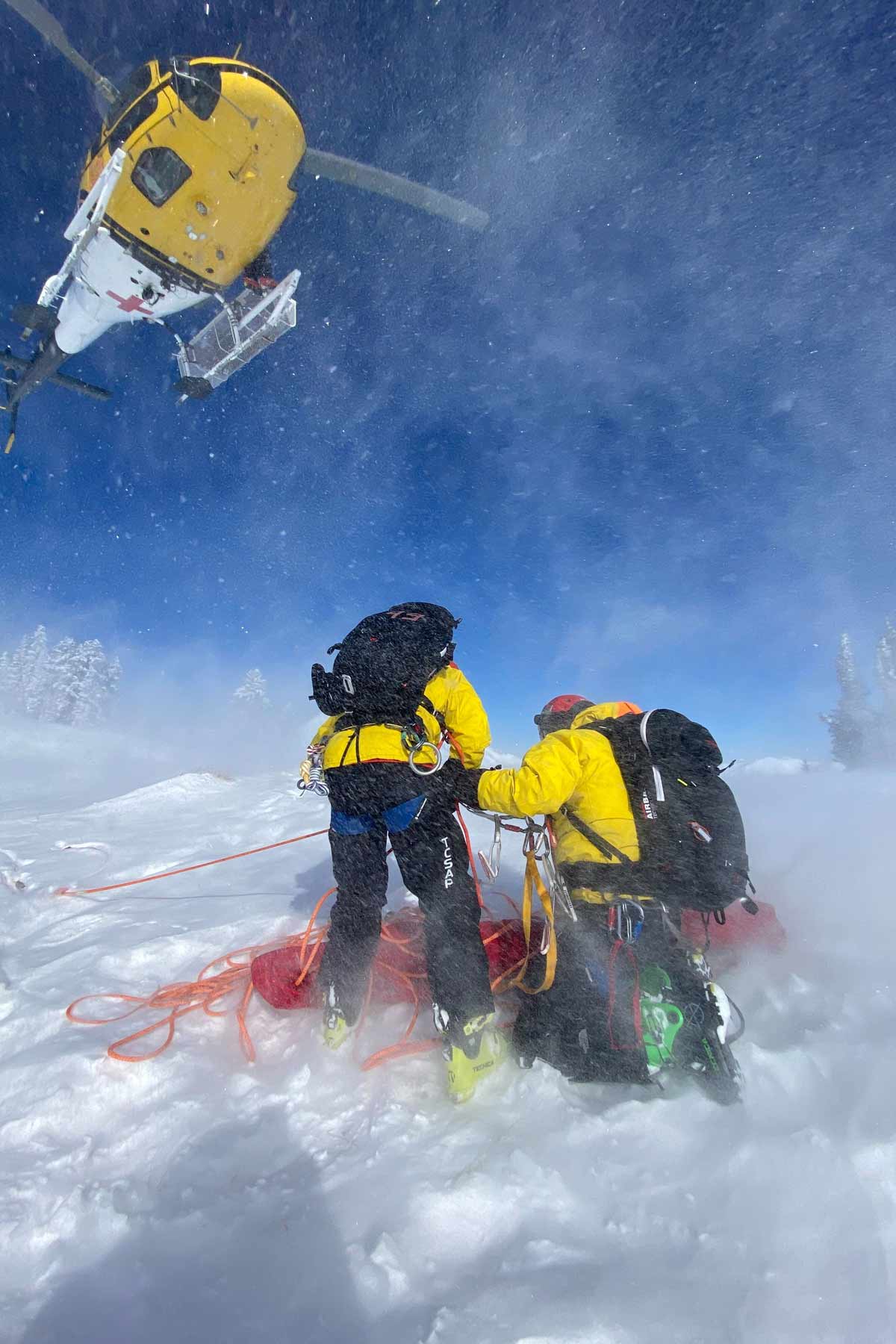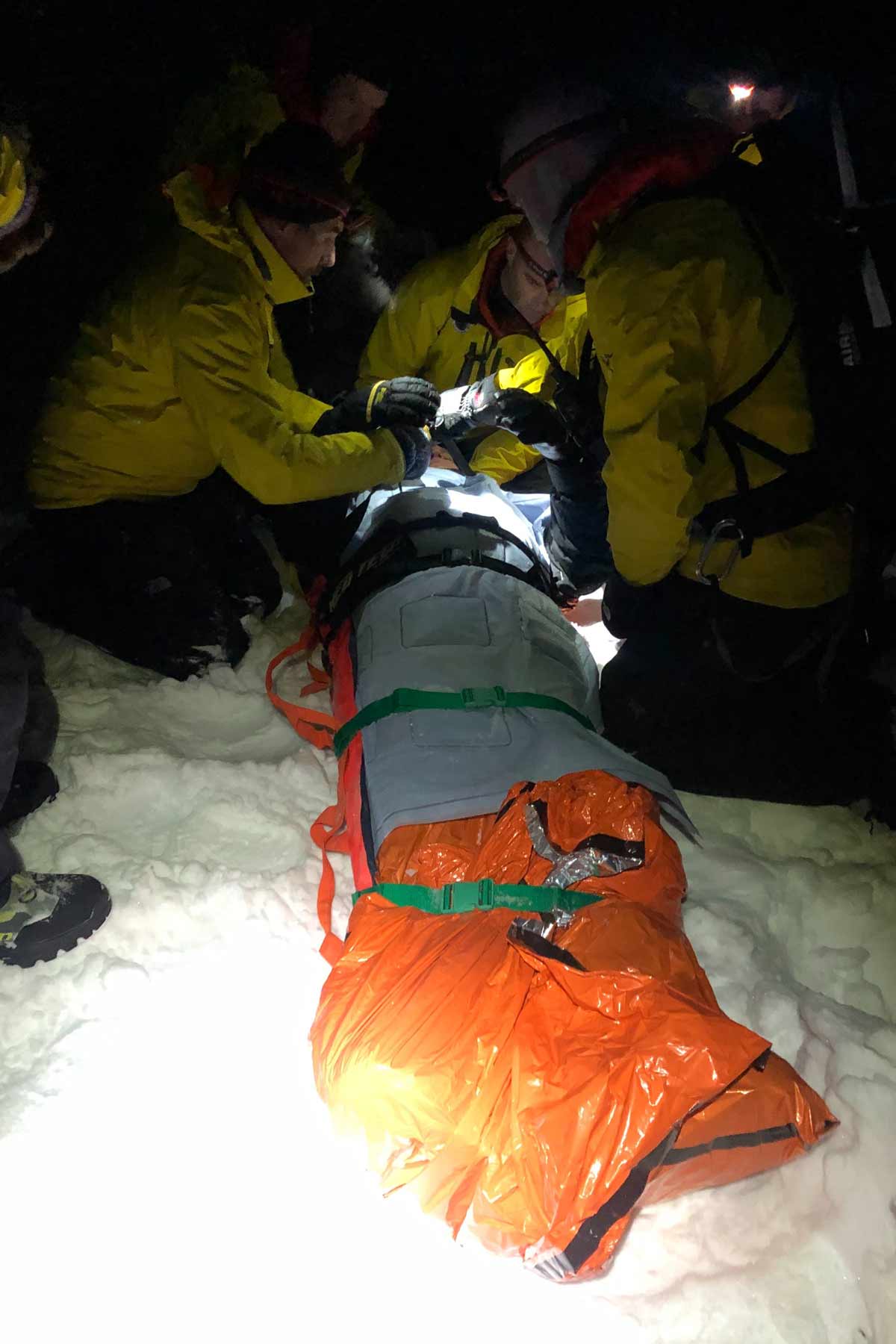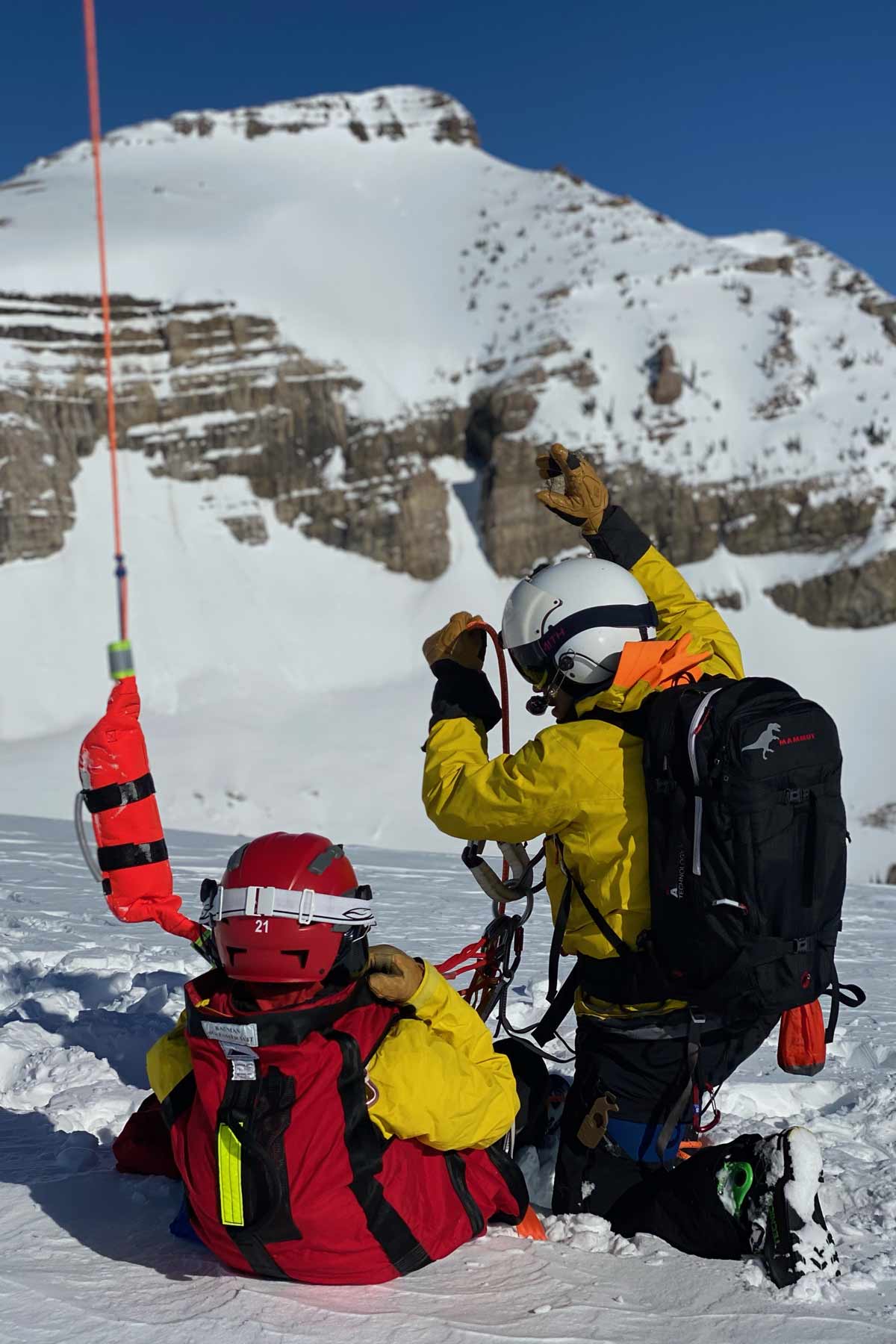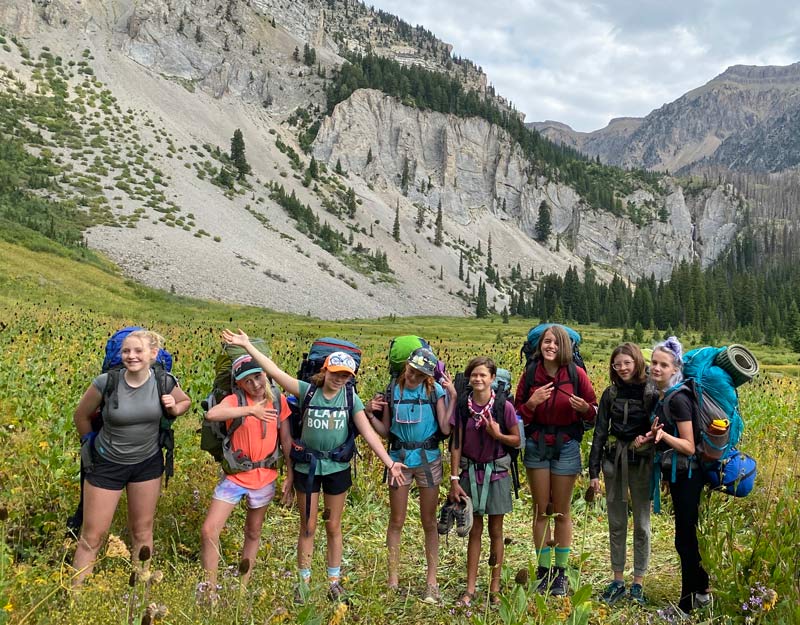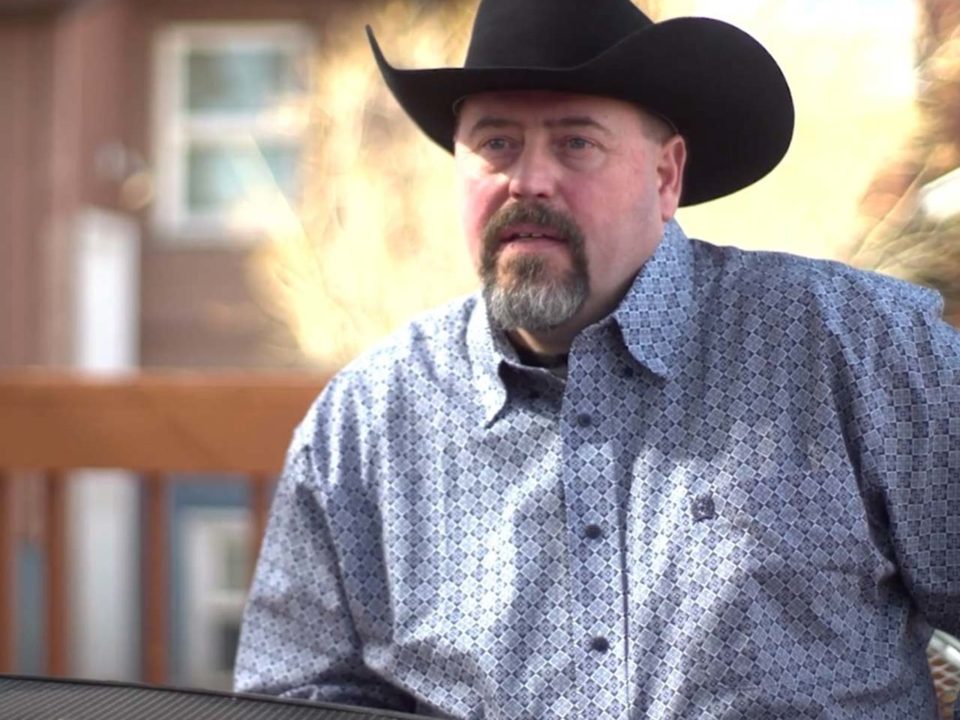From soaring peaks to swift, bounding rivers, Wyoming is full of natural beauty and thrilling ways to experience it. Some prefer to take in the scenery in the old-fashioned way from the saddle of a horse, while others crave the fast-paced exhilaration of a rugged mountain bike trail. Some make brave attempts to stand atop jagged mountains, and some prefer to pass the day floating the channels and waves of the braided Snake River. Regardless of how visitors and locals choose to explore this incredible landscape, there’s one thing they have in common: when you’re in the wild, things can unexpectedly go very, very wrong.
Even the most sterling preparation and planning can go awry. And when it does? When lives are on the line? Teton County Search and Rescue (TCSAR) is ready to help.
“You never know what can happen. TCSAR’s rescue history is full of incidents that have occurred close to home, including right outside of town,” explains Matt Hansen, Communications Director for TCSAR Foundation. “This is especially true of our rivers. The Snake River and its tributaries are very accessible and might appear placid. But they are swift and cold and no joke. When things go badly on the river, they go bad very fast.”
Sadly, the summer of 2022 has already provided two examples of precisely this kind of tragedy; the team has responded to fatalities on both the Gros Ventre and Snake Rivers.
“TCSAR volunteers are fully aware of how and why people want to enjoy the great outdoor opportunities in Teton County. They also know that accidents can and do happen, and they stand ready to respond no matter the circumstance and without judgment,” Matt adds. “So far this summer, TCSAR volunteers have been busier than usual. Of the 23 calls for service since June 1, six have been for mountain bikers and four for horseback riders. Many of the accidents this summer have resulted in severe injuries or worse, including two river fatalities.”
“Our volunteers respond to every kind of backcountry emergency. Looking at 10-year summer trends, hikers make up 35 percent of the callouts in Teton County. The next most common are horseback riders at 15 percent, with mountain bikers becoming more frequent with 14 percent of callouts. Boaters are fourth on the list at 11 percent. Other accidents include: ATV vehicles, cavers, hunters (in the fall), and missing persons. Also of note is that in 2021, the team spent hundreds of hours looking for three missing persons that made national news.”
The members of the TCSAR team are volunteers, and their time commitment extends far beyond the time they spend on actual rescue missions. Each volunteer trains extensively, pouring hours into ensuring that they’re prepared for any kind of challenge that a rescue may present. “Between June 1 and November 30, 2021, TCSAR volunteers spent 12,779 hours on SAR-related activities. That includes 4,383 hours on rescues, 8,078 hours on training, and 318 hours giving back at community events,” explains Matt. “In other words, it is a huge time commitment. The service they provide is very admirable and inspiring, and a wonderful reminder of the positive impact they have on the Jackson Hole community.”
Teton County Search and Rescue is overseen by the Teton County Sheriff’s Office and relies on strong partnerships from numerous agencies, including Grand Teton National Park, USFS, Jackson Hole Fire/EMS, and local law enforcement, among others. The team also depends on significant philanthropic support to keep operating at such an exceptional caliber. “Simply put, without generous community support, our volunteers would not be set up for success,” Matt summarizes. “They have families and jobs and carry the same stresses as everyone else, and yet continue to volunteer to provide an essential service for our community. Sometimes, what they do is dangerous and mentally taxing. We rely on private donations to provide our volunteers with gear, training, meals, and mental health resources for themselves and their families. We are also able to serve them by offering outreach and education to the community about backcountry safety and preparedness.”
The Hughes Charitable Foundation is proud to support this dauntless team of volunteers who are always prepared to put themselves in potential danger to rescue those who need it most. “I’m consistently astonished by the bravery, resilience, and dedication of the Teton County Search and Rescue team,” says Molly Hughes, Executive Director of the Hughes Charitable Foundation. “Their service is an inspiring demonstration of selfless dedication to the community, and the impact that they have is immeasurable. Every year, their efforts literally save lives, save futures, and save families.”
Matt points out that while philanthropic contributions are profoundly helpful to the team’s operations, everyone in the community can do their part to help minimize the risks that the volunteers find themselves facing. “All rescues provided by TCSAR are free. If you need help, just call 911. Sometimes people wait to call because they don’t want to be ‘that person,’ but there’s no shame in needing help. Especially if a situation could potentially get worse due to nightfall, changing weather, etc. That could place the patient and the volunteers in a more precarious position.” Calling as soon as you recognize help is needed — getting the ball rolling as quickly as possible — increases everyone’s chances for success.
Another way to help? Make sure you’re prepared for your adventure. Having the resources to keep yourself safe until help arrives can be the difference between survival or death. Key tips from the team at TCSAR?
- Always be prepared, practiced, and present. If your plans change due to weather or changing conditions, don’t be afraid to turn around.
- Always tell someone where you are going and when you will be back.
- For summer activities, essential items to pack include: food, water, extra layer; headlamp and first aid kit; bear spray; a device to call for help in case of an emergency.
- Always wear a Personal Floatation Device (PFD) when recreating around rivers or lakes.
- Download the free BackcountrySOS app to get in touch with rescuers if you need them.
*All photos provided and captured by Teton County Search and Rescue
